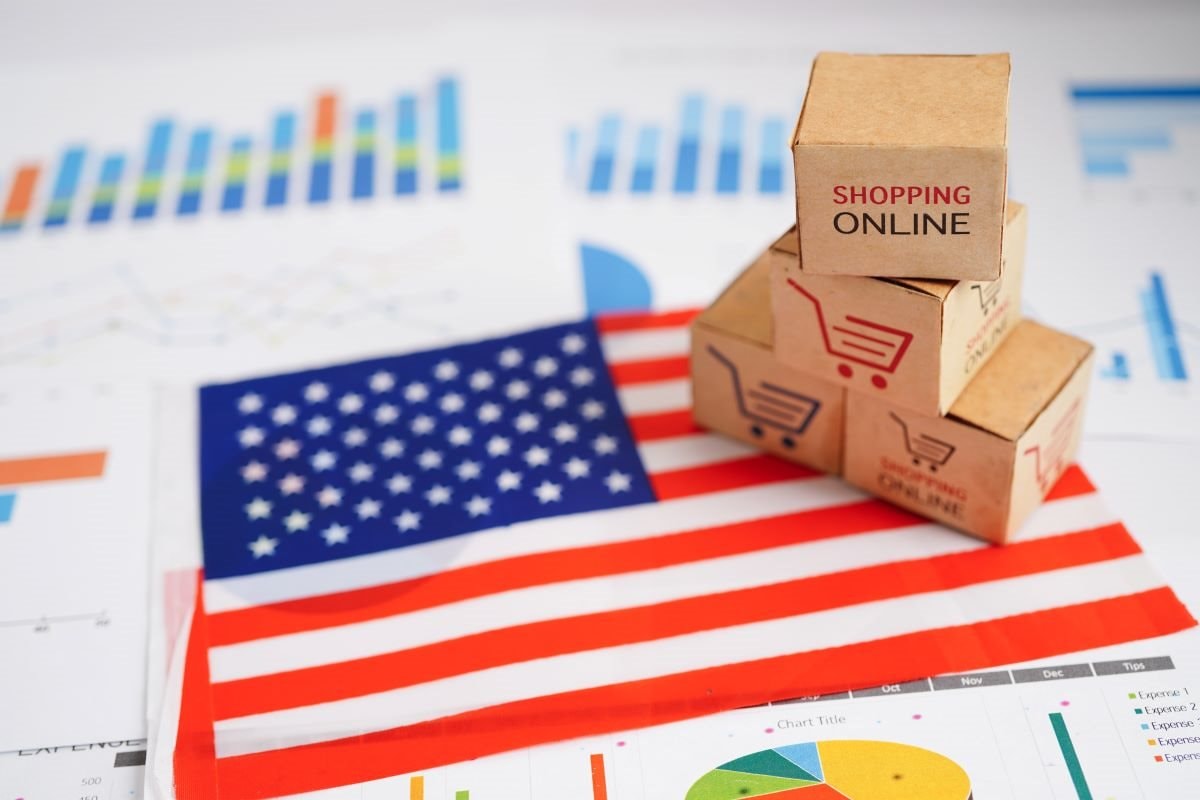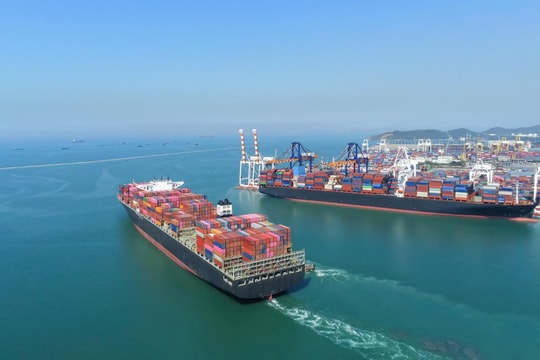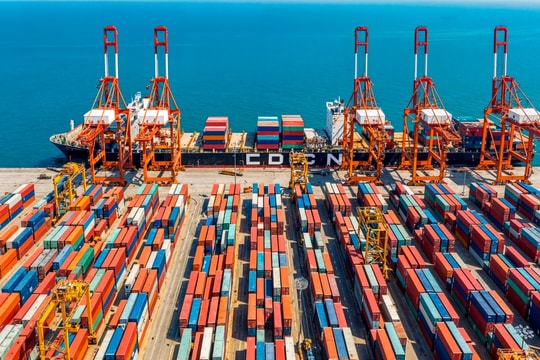
Impact on the Global Supply Chain
Many U.S.-based manufacturers are forced to seek alternative sources and adjust their supply chain strategies to minimize risks. Industries heavily reliant on imported raw materials, such as technology, automotive, and textiles, are particularly affected. As component costs rise, the final product price increases, reducing the competitiveness of domestic enterprises.
For retailers, the new tariffs mean a substantial increase in import prices for goods from affected countries, putting significant pressure on supermarket chains and stores. Major corporations like Walmart and Target are working to diversify their supply sources by importing from countries not subject to tariffs or adjusting their supply chains to cut transportation costs. The impact is not limited to American businesses; economies with strong trade ties to the U.S. are also facing difficulties. Asian and European companies risk losing market share if they fail to adapt swiftly to changes in tariff policies. Chinese exporters, once key suppliers to many American corporations, are shifting toward other markets or setting up production facilities in Southeast Asia to circumvent tariffs.
In this context, supply chain flexibility is no longer just an advantage it has become a necessity. Businesses need clear strategies to cope with the rapidly changing trade environment while leveraging opportunities that arise from these shifts.
Enhancing Supply Chain Flexibility
To mitigate the effects of the new tariff policies, businesses are focusing on three key strategies: diversifying suppliers, adopting digital technology, and optimizing production processes. One of the most critical steps is reducing dependence on a single supply source. In the past, many companies chose China as their production hub due to low labor costs and well-developed industrial infrastructure. However, given the current tariff situation, they are now exploring alternatives in Southeast Asia, India, and Latin America. Expanding supplier lists helps businesses minimize risks when a particular market fluctuates while creating opportunities for better price negotiations.
Alongside supplier diversification, technology plays a vital role in making supply chains more flexible. Companies that integrate artificial intelligence (AI) and big data analytics can predict market trends, optimize inventory levels, and make quicker decisions. Some businesses are investing in smart supply chain management systems to monitor the entire transportation process, enabling early detection of issues and timely adjustments.
Furthermore, optimizing production processes is crucial for cost reduction and enhanced competitiveness. Implementing lean manufacturing, automation, and the Internet of Things (IoT) improves operational efficiency while reducing material waste. Businesses that can quickly adapt to new trade conditions will gain a significant advantage over their competitors.
The Role of Technology in Strengthening Flexibility
Technology has become a crucial weapon for businesses to navigate uncertainties in international trade. Modern enterprise resource planning (ERP) systems not only improve inventory management but also integrate information across various departments, providing business leaders with a comprehensive overview for accurate decision-making. A prime example is SAP, a widely used ERP system that helps thousands of companies worldwide manage their supply chains in real time, enhancing their responsiveness to tariff changes and shipping costs.

In addition to ERP, data analytics plays a pivotal role in building flexible supply chains. Companies that can effectively harness data are better equipped to predict market fluctuations and adjust strategies accordingly. Walmart is a leader in applying data analytics to optimize its supply chain. By leveraging demand forecasting systems, Walmart can prepare stock in line with market trends, minimizing both overstock and shortages.
Automation and IoT are also indispensable elements in supply chain optimization. IoT sensors monitor goods throughout the transportation process, providing precise data on location, temperature, and humidity. This is particularly critical for industries such as food and pharmaceuticals, where strict storage conditions are required. Major logistics firms like DHL and FedEx have adopted IoT to enhance operational efficiency, reducing costs and improving accuracy in deliveries.
Flexibility: A Survival Factor for Businesses
The shifts in U.S. tariff policies are presenting significant challenges for businesses worldwide. Rising import costs, disrupted supply chains, and increasing competitive pressures are forcing companies to change their traditional approaches. In this landscape, businesses with flexible supply chains will have a substantial advantage in maintaining operations and achieving sustainable growth.
Flexibility is not merely about changing suppliers or adjusting production strategies; it requires a comprehensive transformation in operational methods. Companies must leverage technology to optimize processes, improve forecasting capabilities, and make rapid decisions. The adoption of AI, big data, IoT, and ERP is no longer just a trend but a mandatory requirement for competing in the global market.
Ultimately, businesses must adopt a long-term vision and be prepared to adapt to fluctuations in trade policies. Instead of merely reacting to changes, they should proactively build resilient supply chain systems capable of adjusting to any circumstances. In an era where risks can emerge from anywhere, adaptability is the key determinant of a company’s success or failure.



.jpg)
.jpg)
.jpg)

.jpg)
.png)












